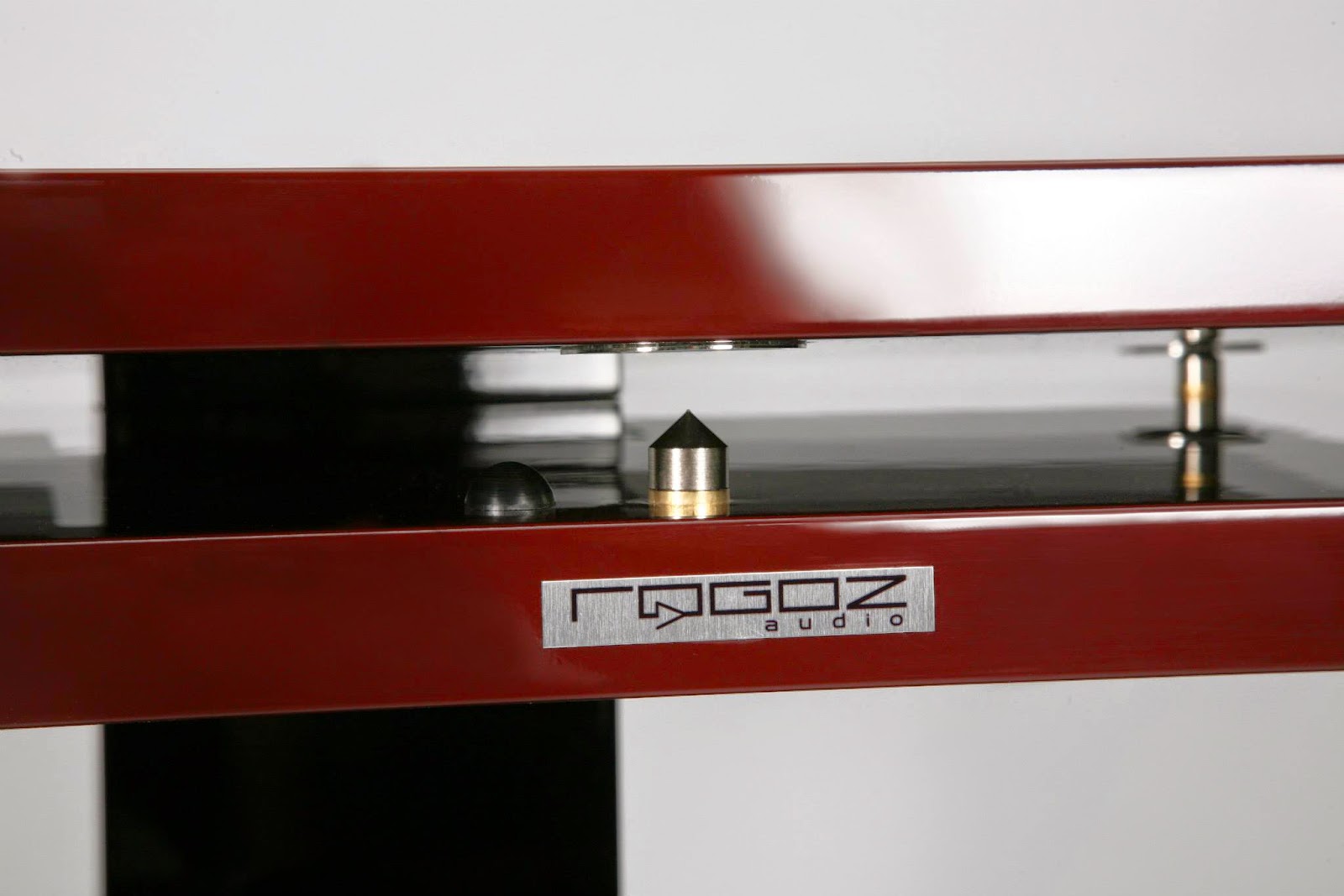

Where D2 is the pitch diameter of the output gear, and D1 is the pitch diameter of the input gear. The gear ratio can also be calculated with the pitch diameter (or even the radius) with basically the same equation: This means that for every 2 rotations of the left gear, the right gear rotates once. then the ratio is 32:16, which can be simplified to 2:1. The left gear in the first image above has 16 teeth, and the right gear has 32 teeth. Where N2 refers to the number of teeth on the gear linked to the output shaft, and N1 refers to the same on the input shaft. To calculate the gear ratio (R), the equation is as follows: The first is via the number of teeth (N) on each gear. There are a number of ways to calculate this in a two gear system. The gear ratio of a system is the ratio between the rotational speed of the input shaft to the rotational speed of the output shaft.

In order to drive an output shaft at a desired speed, you need to use a gear system with a specific gear ratio to output that speed. Two gears must have the same pressure angle to mesh.Īs I mentioned previously, gears can be used to decrease or increase the speed or torque of a drive shaft. The pressure angle affects how the gears contact each other, and thus how the force is distributed along the tooth. Standard pressure angles are 14.5, 20, and 25 degrees. Pressure Angle: The pressure angle of a gear is the angle between the line defining the radius of the pitch circle to the point where the pitch circle intersects a tooth, and the tangent line to that tooth at that point. This value is much easier to handle than the circular pitch, because it is a rational number. Module: The module of a gear is simply the circular pitch divided by pi. (so that the length is the length of the arc rather than a line).

Two gears must have the same diametral pitch to mesh.Ĭircular Pitch: The distance from a point on one tooth to the same point on the adjacent tooth, measured along the pitch circle. You can use the pitch diameter to calculate how far away two gears should be: the sum of the two pitch diameters divided by 2 is equal to the distance between the two axes.ĭiametral Pitch: The ratio of the number of teeth to the pitch diameter. Pitch Diameter: The pitch diameter refers to the working diameter of the gear, a.k.a., the diameter of the pitch circle. If the two gears were instead two discs that drove by friction, the perimeter of those discs would be the pitch circle. The pitch circles of two meshing gears need to be tangent for them to mesh. Pitch Circle: The circle that defines the "size" of the gear. Gears will only transmit rotation if their teeth mesh and have the same profile. The number of teeth on a gear must be an integer. Teeth: The jagged faces projecting outward from the circumference of the gear, used to transmit rotation to other gears. In order for gears to mesh, the diametral pitch and the pressure angle need to be the same.Īxis: The axis of revolution of the gear, where the shaft passes through There are a few different terms that you'll need to know if you're just getting started with gears, as listed below.


 0 kommentar(er)
0 kommentar(er)
